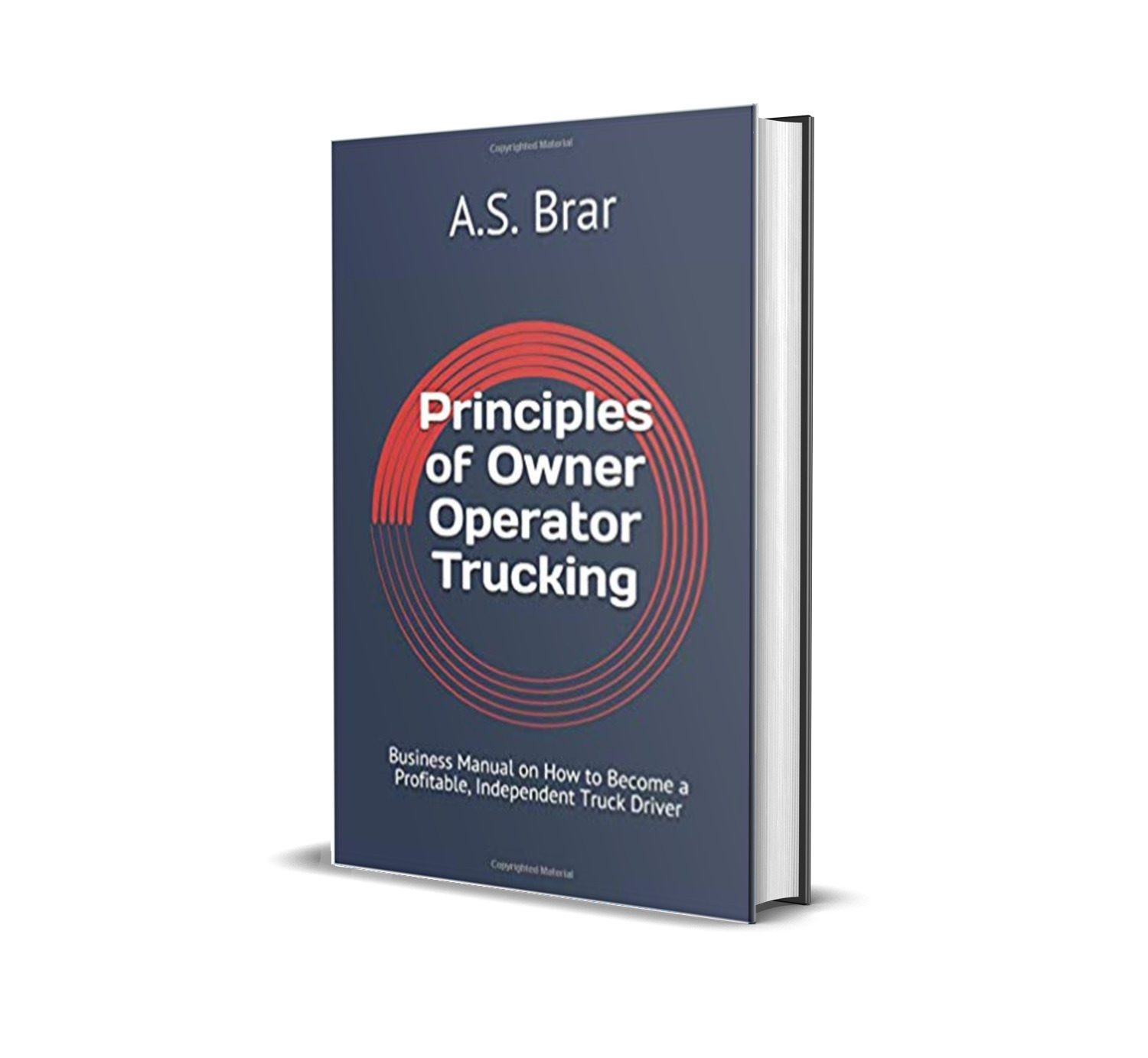The pre-trip inspection for class 1 trucks in Canada is governed by the National Safety Code Standard 13. Provincial governments have their own specific pre-trip requirements but they all adhere to the guidelines set out in NSC Standard 13.
The NSC Standard 13 is an approximately 15 page long document outlining the requirements for the daily vehicle inspection.
The purpose of standard 13 is to make sure the commercial vehicle operator and the carrier which the truck is owned by or leased to is able to identify early identification of vehicle problems and defects. This will enable the prevention of the operation of a truck that is faulty and ultimately prevent a collision or vehicle breakdown.
The daily vehicle inspection is required for a vehicle or towing unit in combination or by itself exceeding 4500 kilograms. Buses are also subject to this inspection but this article is focused on trucks only. The inspector who usually is the driver of the truck is the authorized person subjected to conduct the daily vehicle inspection. Furthermore, the motor carrier or trucking company who owns leases, or is responsible for the operation of a commercial vehicle is responsible for the daily vehicle inspection.
Tractors and trailers must be inspected once every 24 hours. A daily vehicle inspection report must include the following basic information:
- License plate and unit number of vehicle/towing unit
- Name of trucking company
- Date and time of inspection
- Location where the inspection was performed
- Name of the inspector and signed statement confirming proper inspection has been performed.
The report should be carried with the commercial vehicle at all times during transit. Even if there are no problems found during the inspection, a report must be filed and condition of the vehicle noted. If defects are found, they should be noted and notification should be provided to the motor carrier.
The driver of the vehicle must monitor the condition of the truck throughout transport and mark any defects on the inspection report along with providing notification to the motor carrier. Major defects must be reported immediately. When a major defect is found, the commercial truck cannot be operated until the defect is fixed.
Trucking companies are required to keep a copy of the daily vehicle inspection report for at least 6 months from the date of inspection.
Pre Trip Inspection Class 1 Canada Checklist
Here is a checklist of areas that must be inspected during a pre-trip inspection class 1 Canada:
- Air brake system
- Cabin
- Cargo securement
- Coupling devices
- Dangerous goods
- Driver controls
- Driver seat
- Electric brake system
- Emergency Equipment and Safety Devices
- Exhaust system
- Frame and cargo body
- Fuel system
- Glass and mirrors
- Heater and defroster
- Horn
- Hydraulic brake system (if applicable)
- Lamps and reflectors
- Steering functions
- Suspension system
- Tires
- Wheels, hubs, and fasteners
- Windshield wiper/washer
There are a total of 22 specific areas to be inspected according to the NSC Standard 13 with one additional area labelled as general. The general section includes any serious damage that is noticeable and may affect the safe operation of the truck.
Concluding Information
Drivers play the major role in ensuring the safe conditions of the commercial motor vehicle they operate. The knowledge and understanding on how to carry out a pre-trip inspection is a condition of their commercial motor vehicle driver’s license in most states, provinces, and territories. It takes an able driver about 15-30 minutes to complete a proper pre-trip inspection for a class 1 truck in Canada. Some drivers are mechanically inclined and can fix minor problems themselves.
Penalties for non-compliance and violations can be severe and directly impact a motor carrier’s license to operate. The FMSCA conducts a new-entrant safety audit prior to giving a motor carrier the authority to operate. The interconnected CVSA regime gathers evidence from routine roadside inspections and government facility audits to determine a company’s safety fitness. A poor safety rating will repeatedly trigger a greater than average number of government inspections and safety audits.




There is no regulated time requirement for pre-trip inspections. However, a complete pre-trip inspection can generally take drivers anywhere from 20 to 50 minutes .